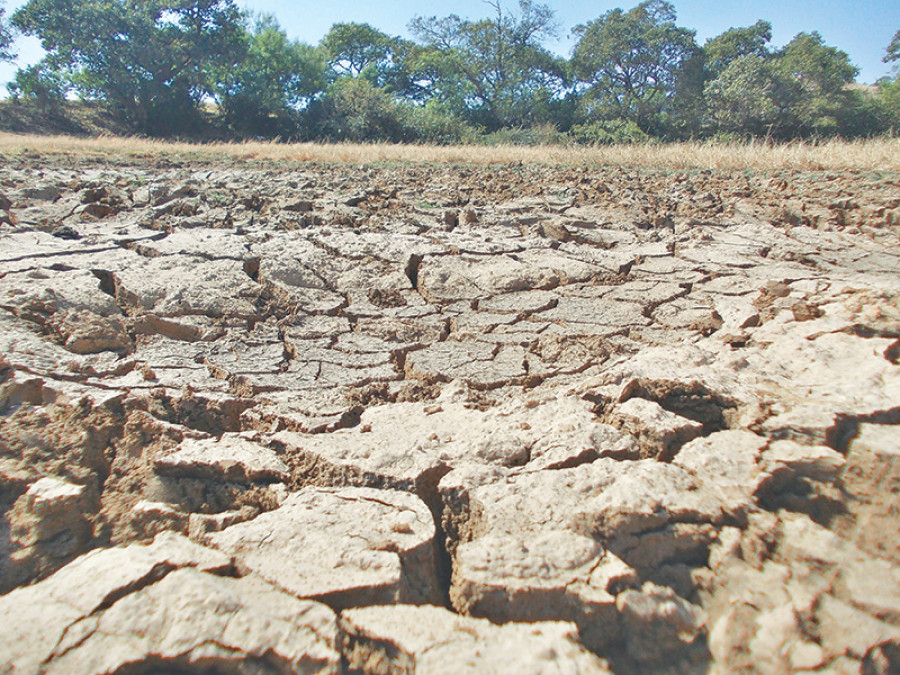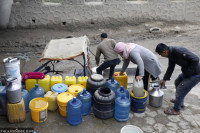Money
Outmigration turns arable land barren
More and more youths of the western Nepali district of Pyuthan are leaving for overseas job destinations, turning most of the arable land barren and increasing dependency on imported food.
Giru Prasad Bhandari
More and more youths of the western Nepali district of Pyuthan are leaving for overseas job destinations, turning most of the arable land barren and increasing dependency on imported food.
Around 20,000 residents of Pyuthan, which is home to around 228,000 people, have obtained machine readable passports since the District Administration Office (DAO) started issuing those travel documents five years ago. Most of the people who have obtained passports belong to the age group of 20 to 30, according to the DAO.
The DAO of Pyuthan issued 653 machine readable passports in the fiscal year 2011-12, 1,626 in 2012-13, 6,666 in 2014-15, 2,949 in 2015-16, 4,009 in 2016-17 and 2,000 in the first seven months of 2017-18. A big portion of those who have obtained these travel documents leave for overseas job destinations like Malaysia or countries in the Gulf. But there are also those who look for job opportunities in India, where Nepalis can travel without a passport. It is therefore no surprising that most of the villages in the district are filled with children and elderly people.
The practice of getting new passports has continued unabated even after successful completion of local elections, according to Chief District Officer Krishna Bahadur Ghimire. Many had said outmigration would come under control after completion of local elections, as it was believed elected representatives would introduce programmes to stimulate economic activities.
“But we have not been able to convince youths that there are opportunities in the country as well,” Ghimire said, adding, “Unless we introduce programmes to stop this, the country can never be prosperous.”
Most of the youths look for employment opportunities abroad due to lack of jobs at home.
Nepali labour market sees entry of at least 512,000 youths per year, according to the Economic Survey of the Ministry of Finance. But the country’s labour market cannot absorb all. So most of them leave for India and overseas labour destinations such as Malaysia and countries in the Gulf.
“What is surprising is that even young women are obtaining passports these days seeking placements in foreign companies,” said Ghimire.
As more and more youths are leaving for India and other job markets abroad, most of the villages of the district are becoming empty, according to Ramesh Kumar Shrestha, president of Non Governmental Organisation Federation (Pyuthan Chapter).
Although those working in India return home every five to seven months, those who leave for other job destinations come back after around three years. This has turned arable land barren as elderly people and children cannot work in the fields.
“A sharp fall in working age population is also fuelling imports in the district, as people are now buying rice from Nepalgunj rather than growing it in their own fields,” said Shrestha. “This is increasing the district’s dependency on food items.”
As arable land is left empty, many are buying plots of land in commercial centres of the district, like Bijuwar, Bagdula and Jumri, increasing population density in those areas.
“It has now become a trend for family members of those working abroad to buy land in these areas,” said LB Thapa, vice president of the Federation of Nepalese Journalists (Pyuthan Chapter).




 7.12°C Kathmandu
7.12°C Kathmandu















